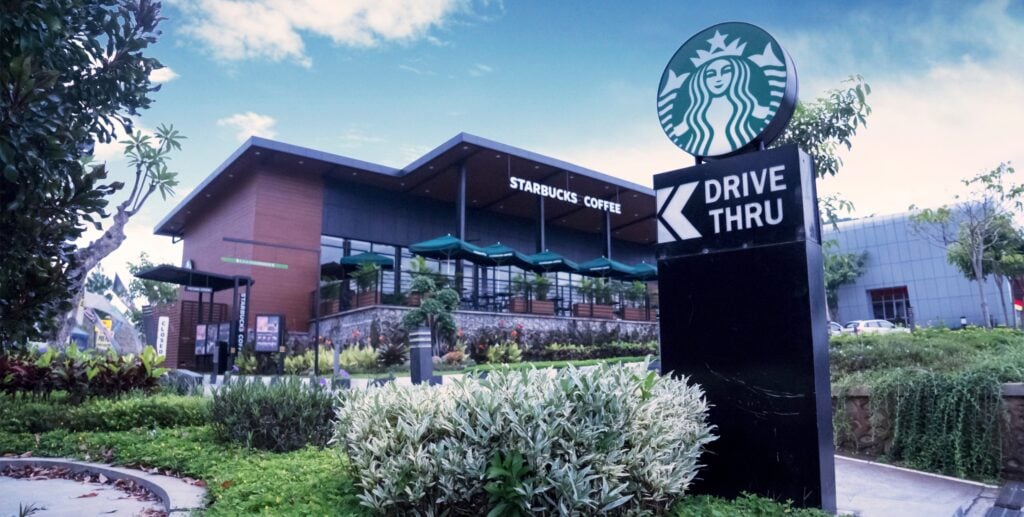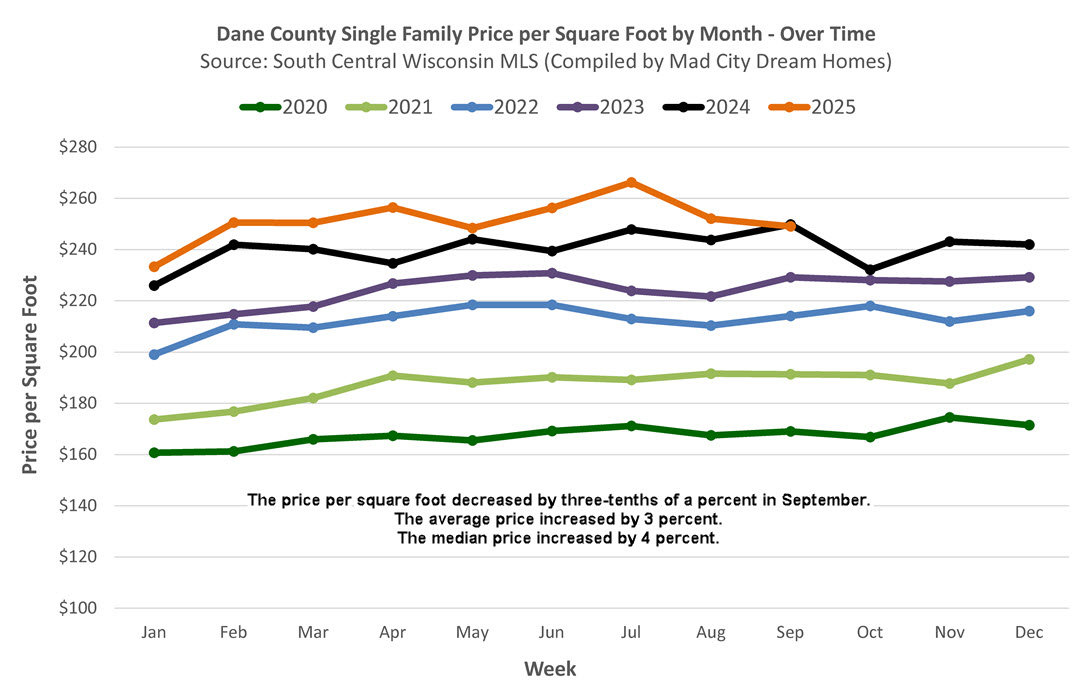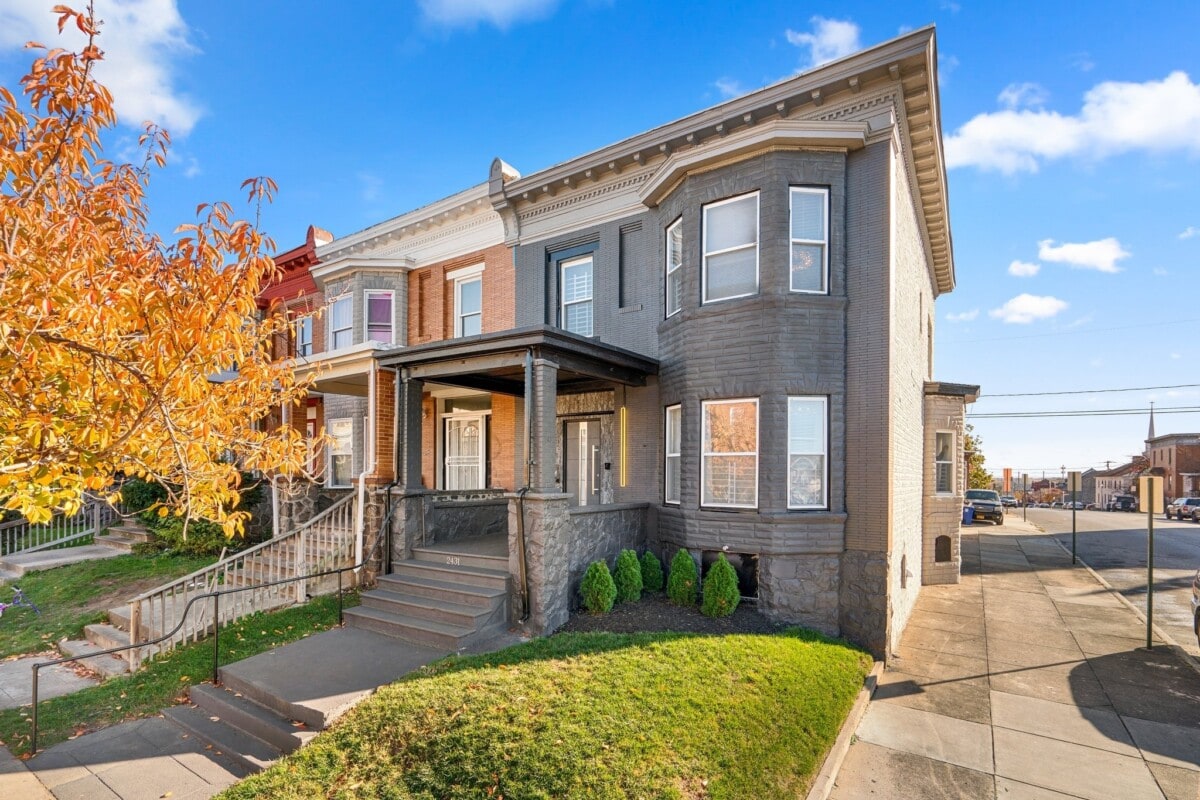New research has predicted which NT suburbs will experience the highest levels of densification within the next year. Picture: Pema Tamang Pakhrin
The Darwin suburbs expected the see the highest rise in density across the next year have been revealed with new data showing how the NT stacks up compared to the rest of Australia.
Exclusive analysis by property forecasters, Informed Decisions found the suburbs expected to see the highest growth in population and home numbers within the next 12 months were Zuccoli, Parap, Darwin City, Muirhead and Lyons.
Informed Decision’s forecasting program used housing supply data, local zoning and demographic trends such as migration and birthrates to predict where density growth will be most concentrated.
Density, measured by number of people per hectare, was expected to jump from 19.2 to 21.1 in Zuccoli, with the population of the 333ha suburb expected to grow from 6,423 to 7,046.
Within the 110ha suburb of Parap, the density is predicted to rise from 27.6 to 28.4 with the population increasing from 3045 to 3131 within 12 months.
In Darwin City, which covers 317ha, density will go from 25.06 to 25.72 off the back of a population growth of 210 people.
The data showed Parap had the highest density at present with 27.63 people per hectare, followed by Stuart Park (26.67), Nakara (26.34), Lyons (25.37) and Darwin City (25.06).
In comparison, density was sitting at 244.52 people per hectare in Wentworth Point, NSW, 204.38 in Elizabeth Bay, NSW and 186.61 in Zetland, NSW.
The display homes at Zuccoli Aspire. Picture: Supplied
RELATED: East Point Rd time capsule going under the hammer
Island from viral croc-wacking video hits market
Inside NRL star’s $1.3m beachside rental
Informed Decisions government services lead Dan Evans said the results suggested Australia’s major urban centres were entering a new phase of vertical growth, as limited land and continued population inflows pushed development skywards.
The analysis predicted the highest density increase would be a jump of 16.64 people per hectare in Eastgardens, NSW, where 6098 people already live in a space of just 53ha.
Next was Zetland, NSW, with density per hectare expected to jump from 186 to 201, while in Rhodes density would increase from 124.8 to 133.1.
Mr Evans said the majority of forecast supply was high-density, but was heading into medium to low-rise development, such as townhouses with shared onsite amenities.
He said it was likely the suburbs where density was forecast to increase would also experience property price rises — particularly in desirable communities that were transport-oriented.
Mr Evans said many of the locations experiencing increased density had also undergone rezoning from commercial or industrial to mixed-use or residential, allowing for higher density development.
“I think there’s a push from state governments to increase the availability of residential land supply in those areas that are considered better equipped for transport and social infrastructure,” he said.
“Whether that supply is coming on as quickly as hoped is still an open question.
“If you’re trying to release additional supply into areas that are desirable to live in, there’s a tipping point.
“(Additional supply) can take away the benefits that make an area desirable.”
Dan Evans, government services lead at Informed Decisions. Picture: Supplied
While many of the suburbs where density was set to increase were located in inner-city locations, Mr Evans said there was a need for the middle-ring suburbs to more of the “heavy lifting”.
“The liveability work we do shows inner-city areas tend to be more liveable than middle suburbs, and middle more liveable than outer suburbs, and access to reliable and efficient public transport is the key differentiator,” he said.
“So, if middle areas are expected to carry more of the load, then the ask in exchange is that they have public transport infrastructure the same as what we see in the city.
“There’s a pathway to improving prosperity through density.”
DENSITY PREDICTIONS FOR THE NT
| Suburb | Area – hectares | Population (2025) | Population (2026) | Population Change | Density 2025 (per ha) | Density 2026 (per ha) | Absolute growth (per ha) | Rank (State) | Rank (Aus) |
| Zuccoli | 333.89 | 6,423 | 7,046 | 623 | 19.24 | 21.1 | 1.87 | 1 | 54 |
| Parap | 110.22 | 3,045 | 3,131 | 86 | 27.63 | 28.41 | 0.78 | 2 | 107 |
| Darwin City | 317.38 | 7,952 | 8,162 | 210 | 25.06 | 25.72 | 0.66 | 3 | 114 |
| Muirhead | 171.06 | 4,196 | 4,297 | 101 | 24.53 | 25.12 | 0.59 | 4 | 118 |
| Lyons | 96.62 | 2,451 | 2,491 | 40 | 25.37 | 25.78 | 0.41 | 5 | 128 |
| Lee Point | 436.43 | 375 | 518 | 143 | 0.86 | 1.19 | 0.33 | 6 | 132 |
| The Gardens | 179.97 | 886 | 930 | 44 | 4.92 | 5.17 | 0.24 | 7 | 136 |
| Berrimah | 1043.48 | 1,860 | 2,097 | 237 | 1.78 | 2.01 | 0.23 | 8 | 137 |
| Woolner | 106.44 | 761 | 783 | 22 | 7.15 | 7.36 | 0.21 | 9 | 138 |
| Nakara | 84.25 | 2,219 | 2,237 | 18 | 26.34 | 26.55 | 0.21 | 10 | 140 |
(SOURCE: Informed Decisions)



















 English (US) ·
English (US) ·